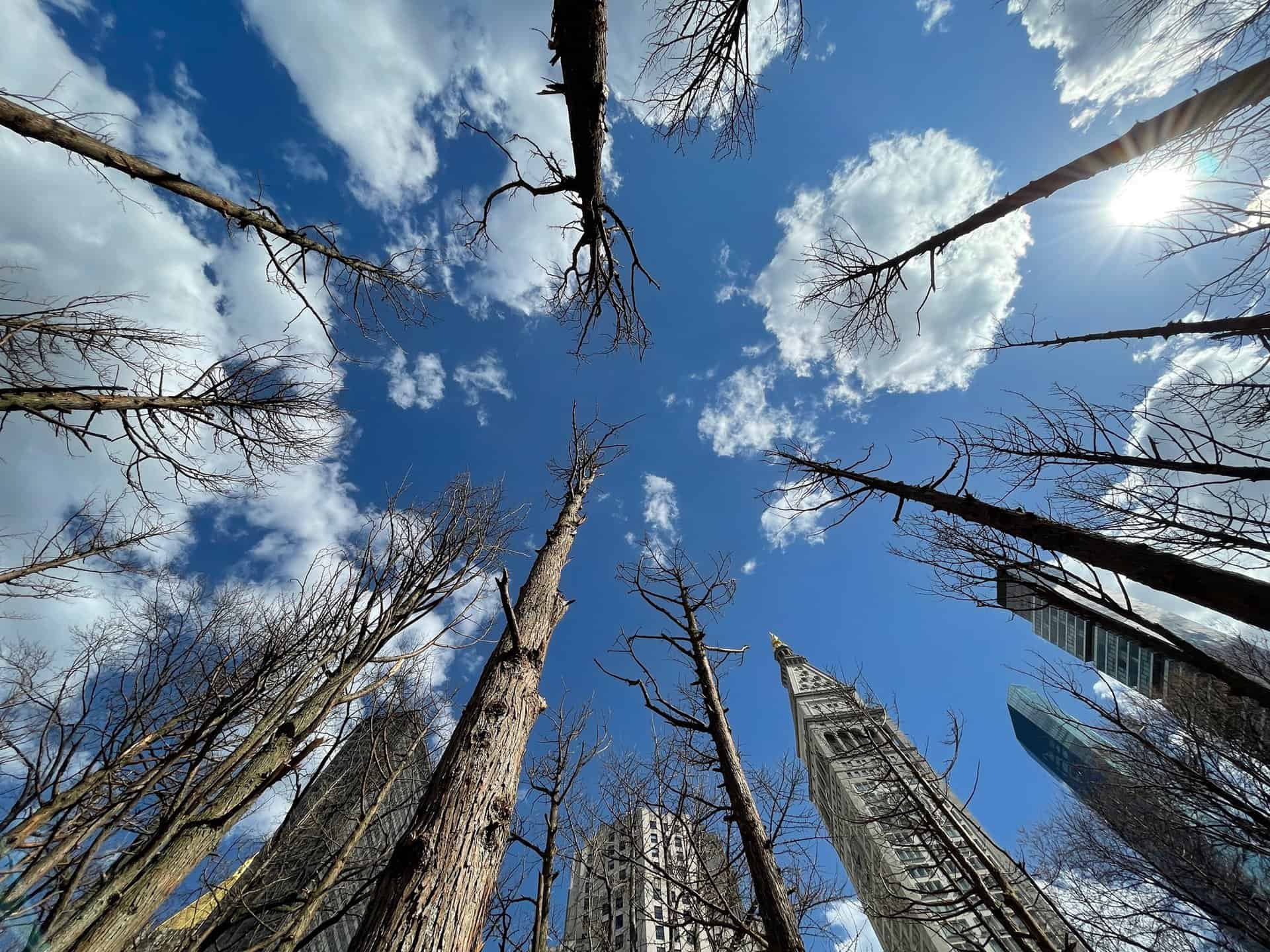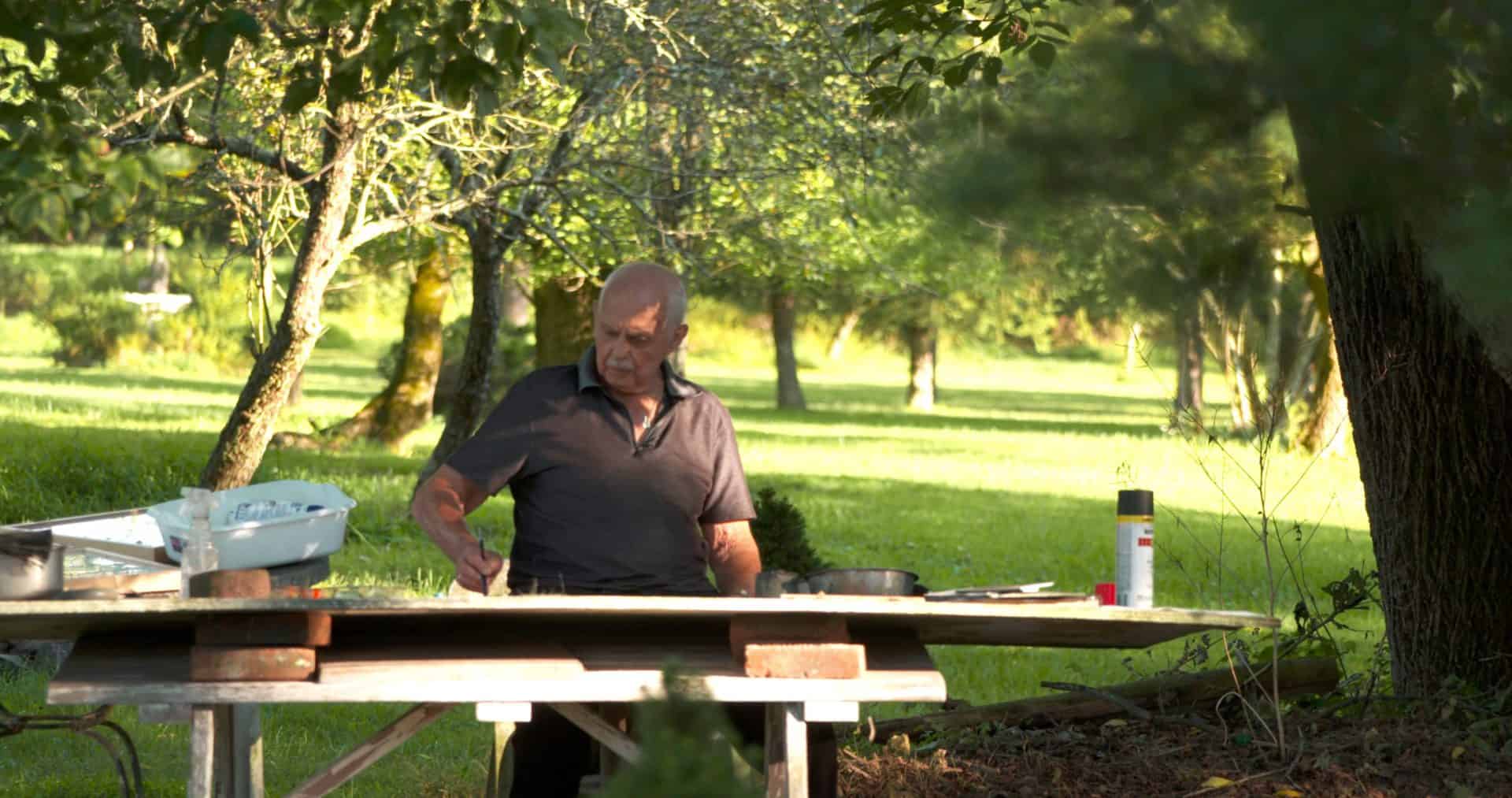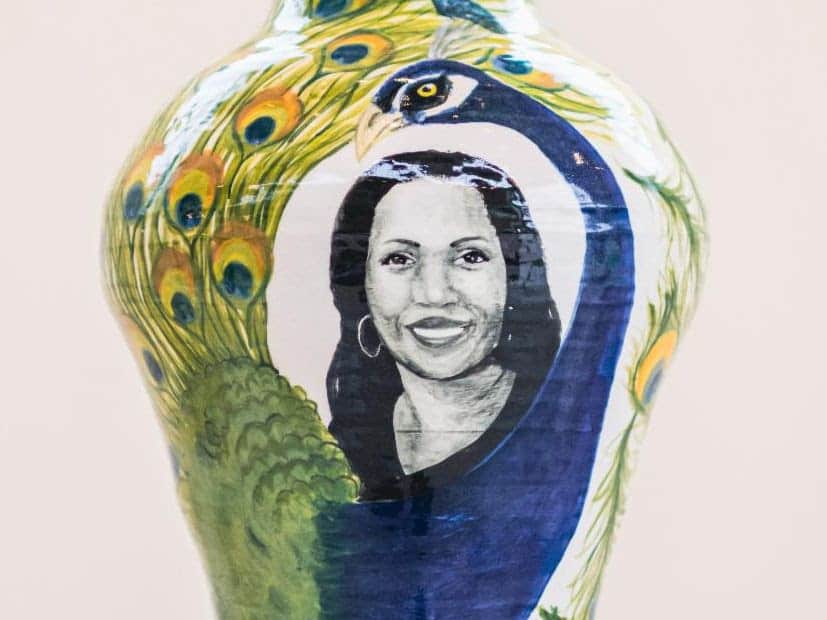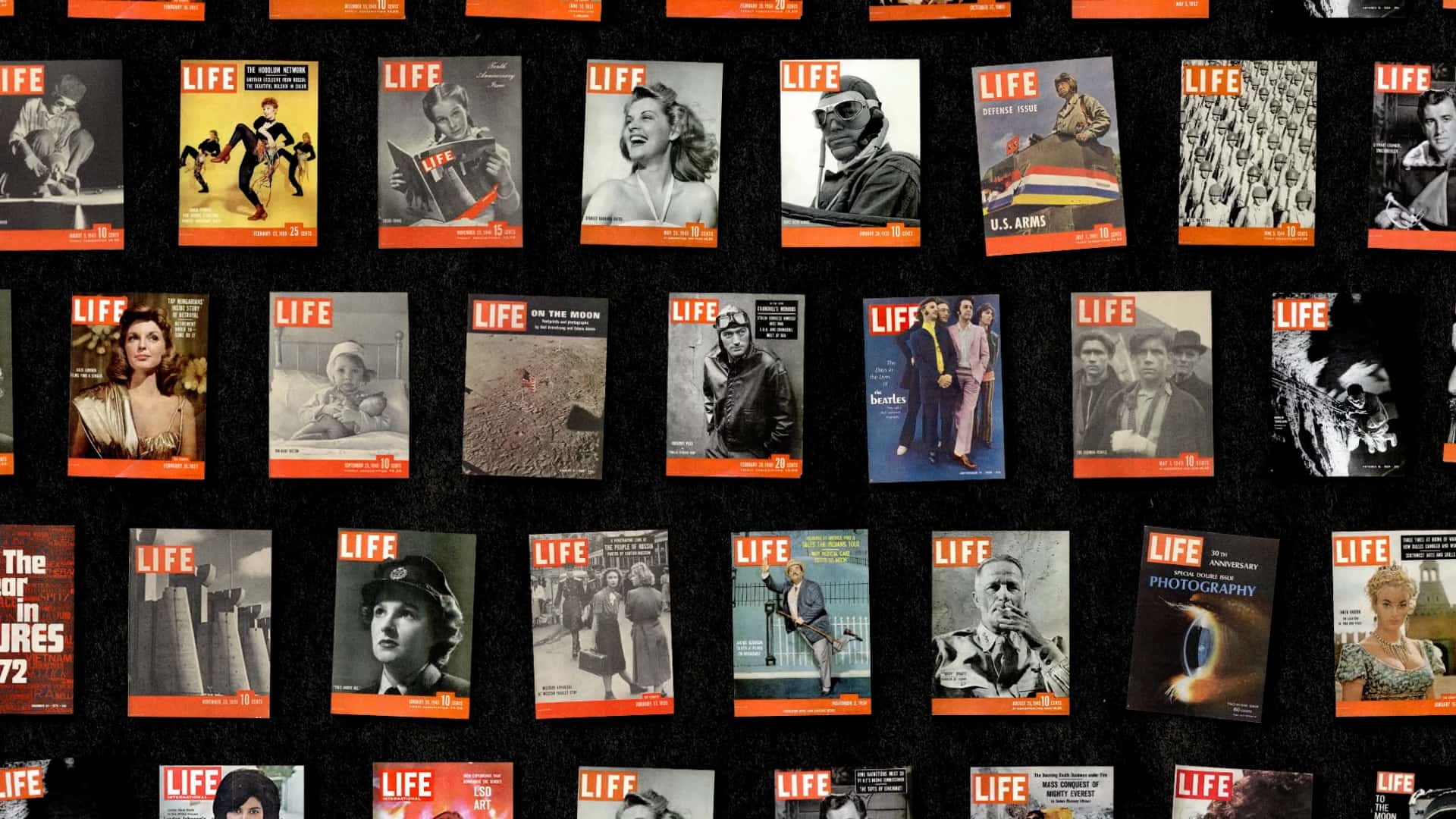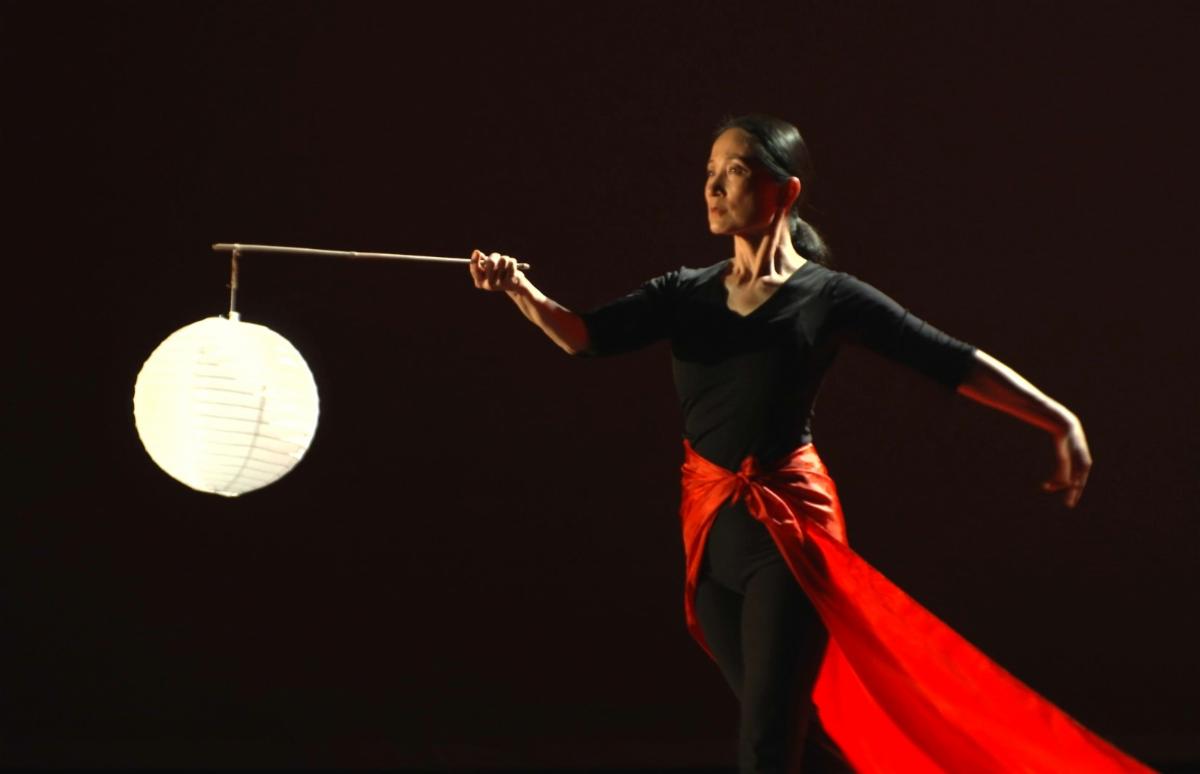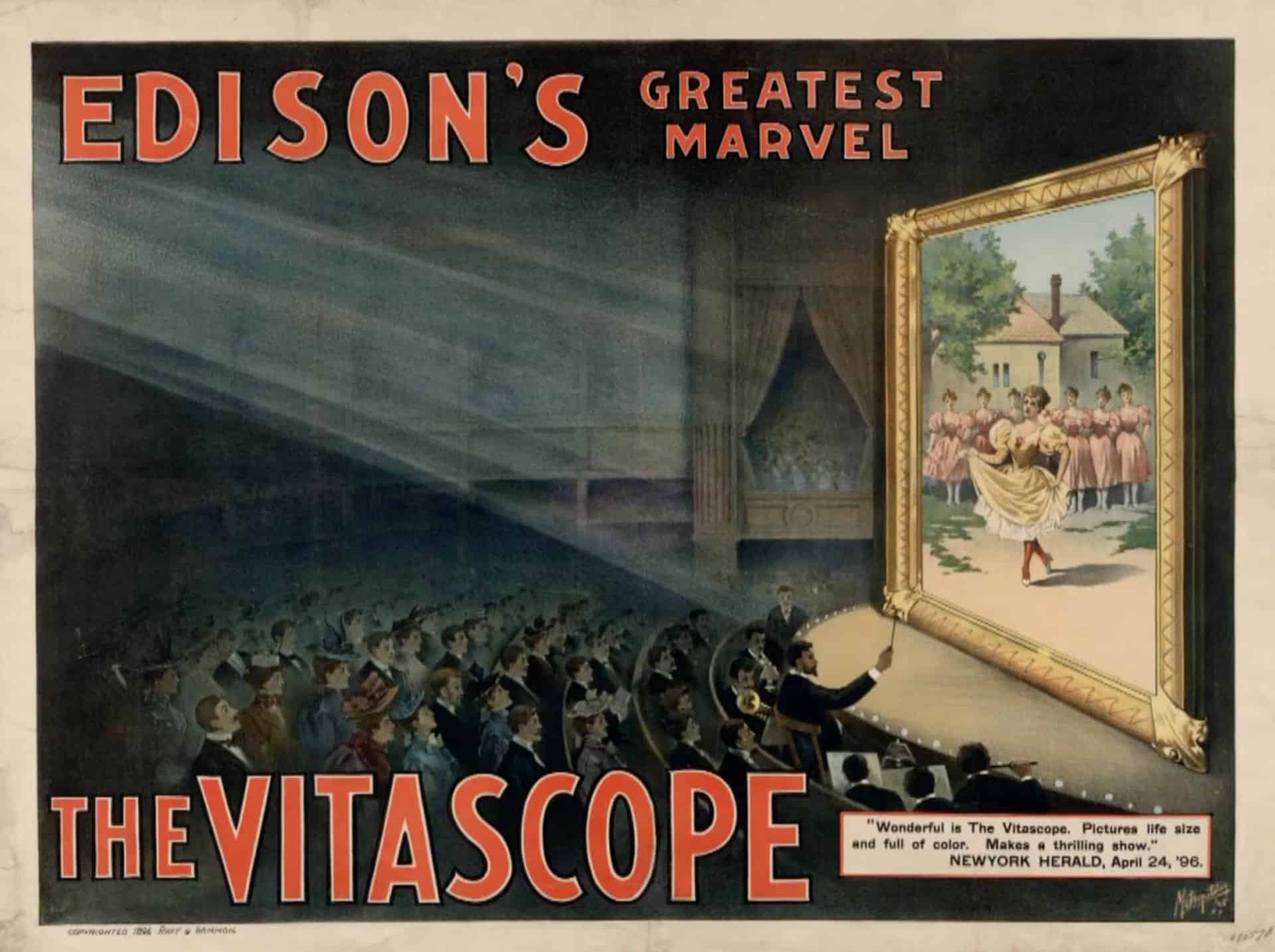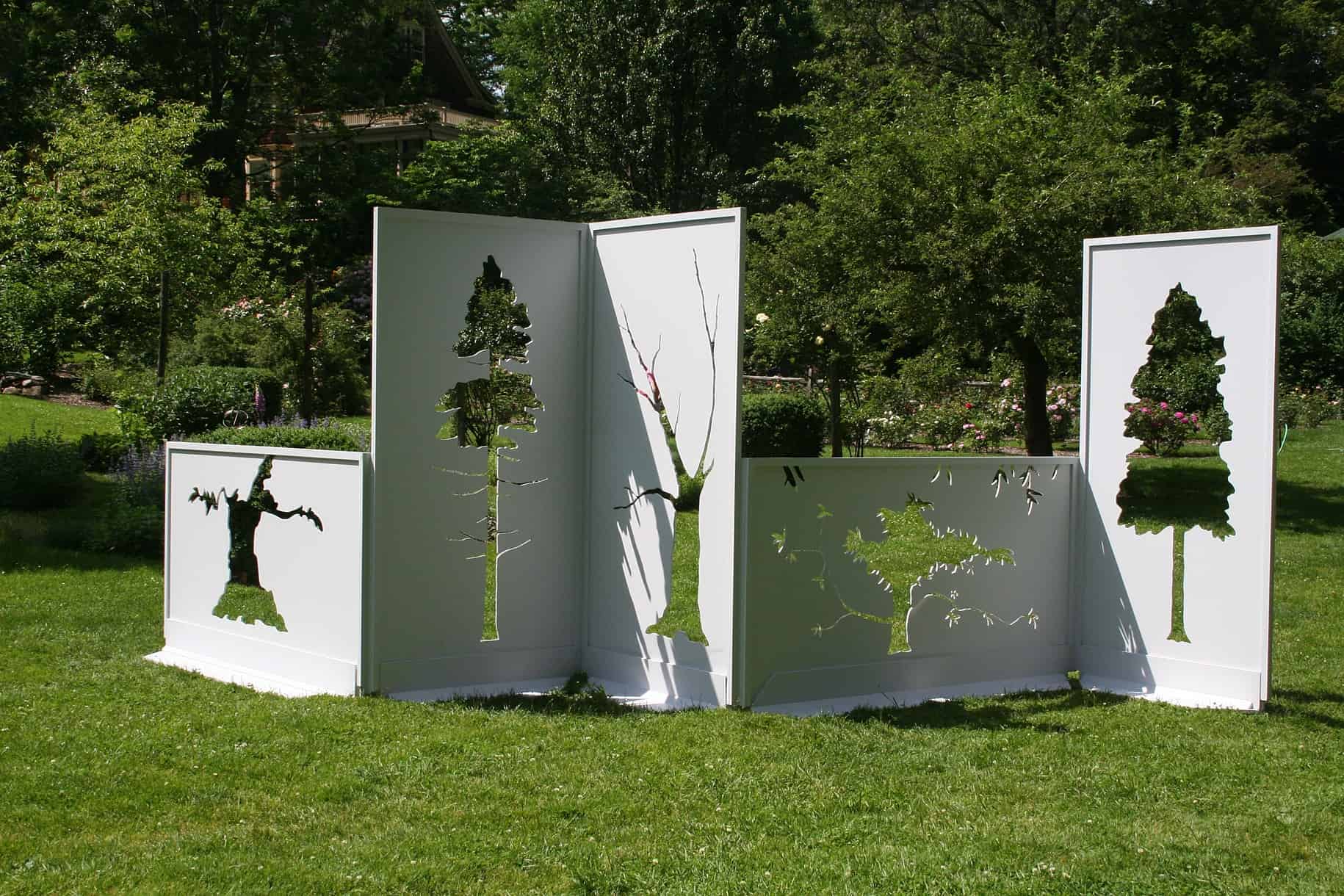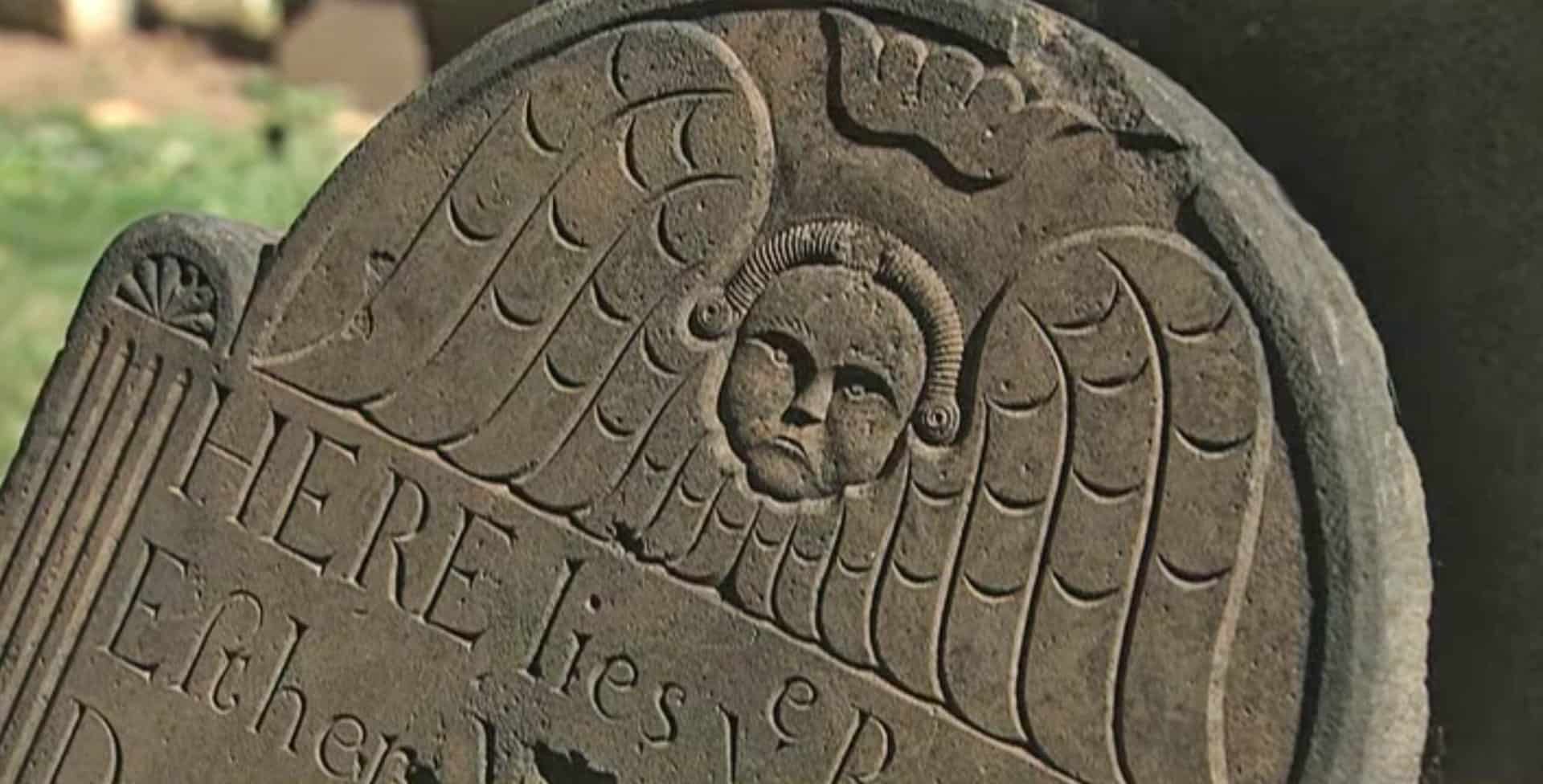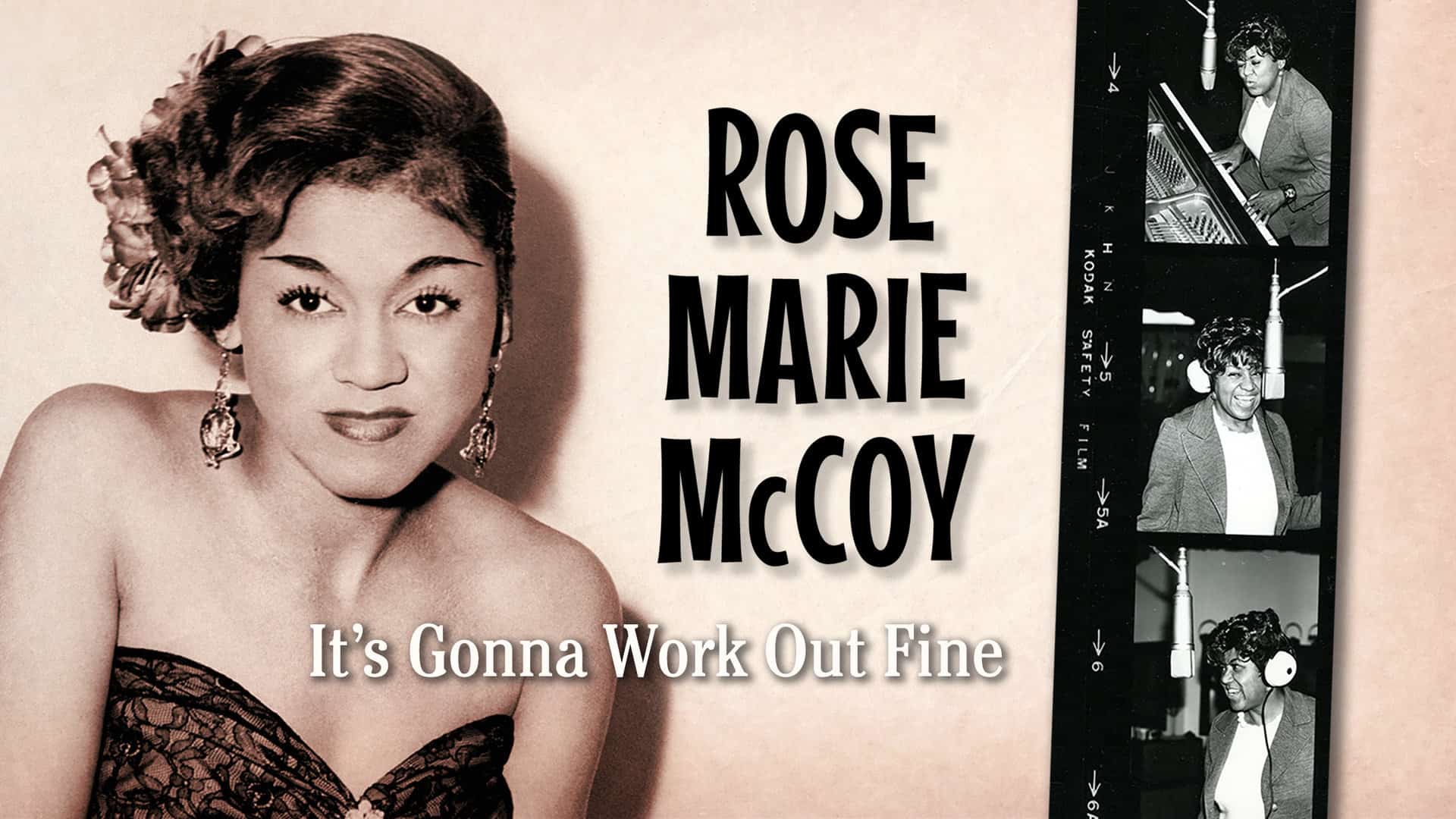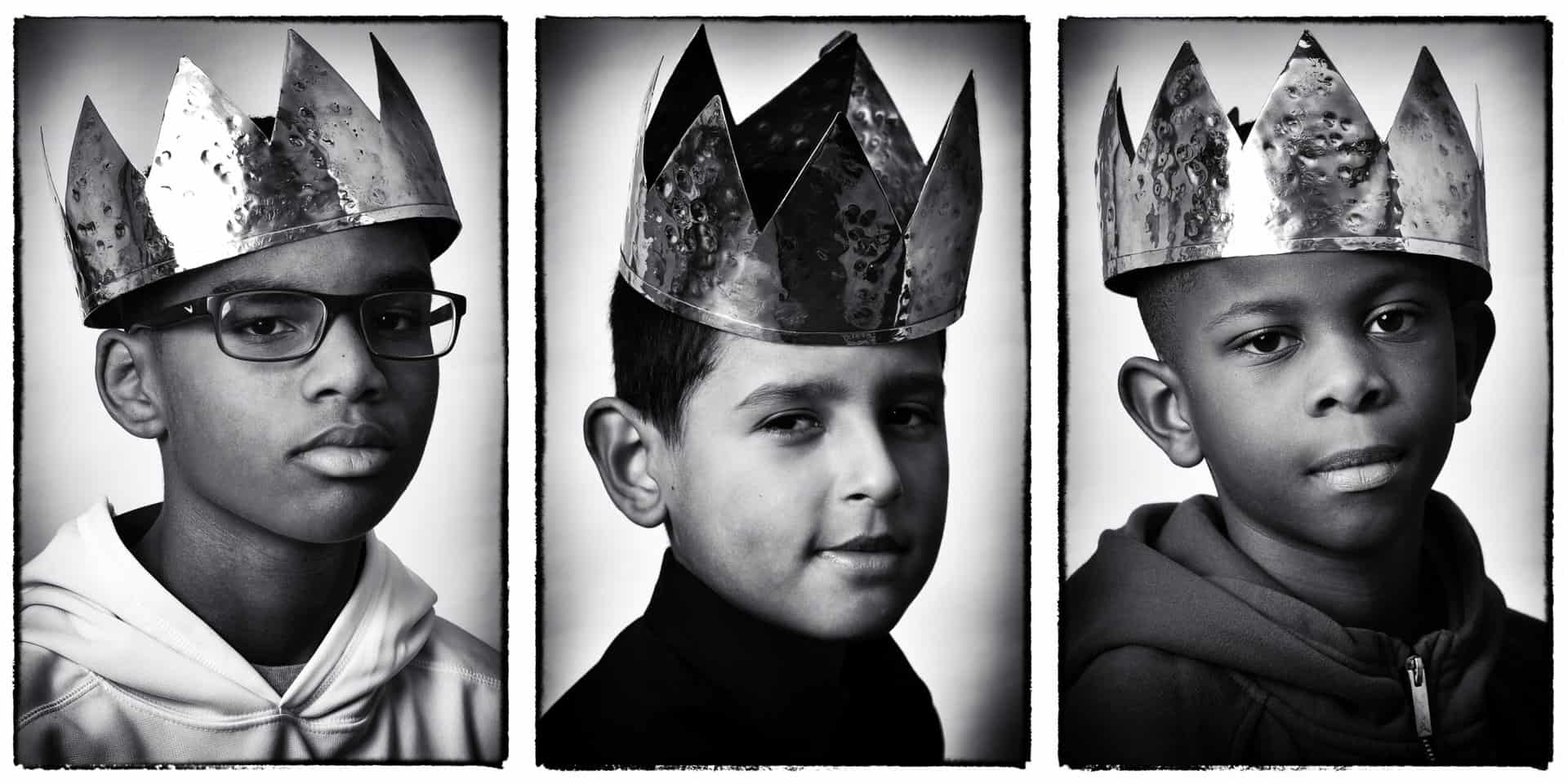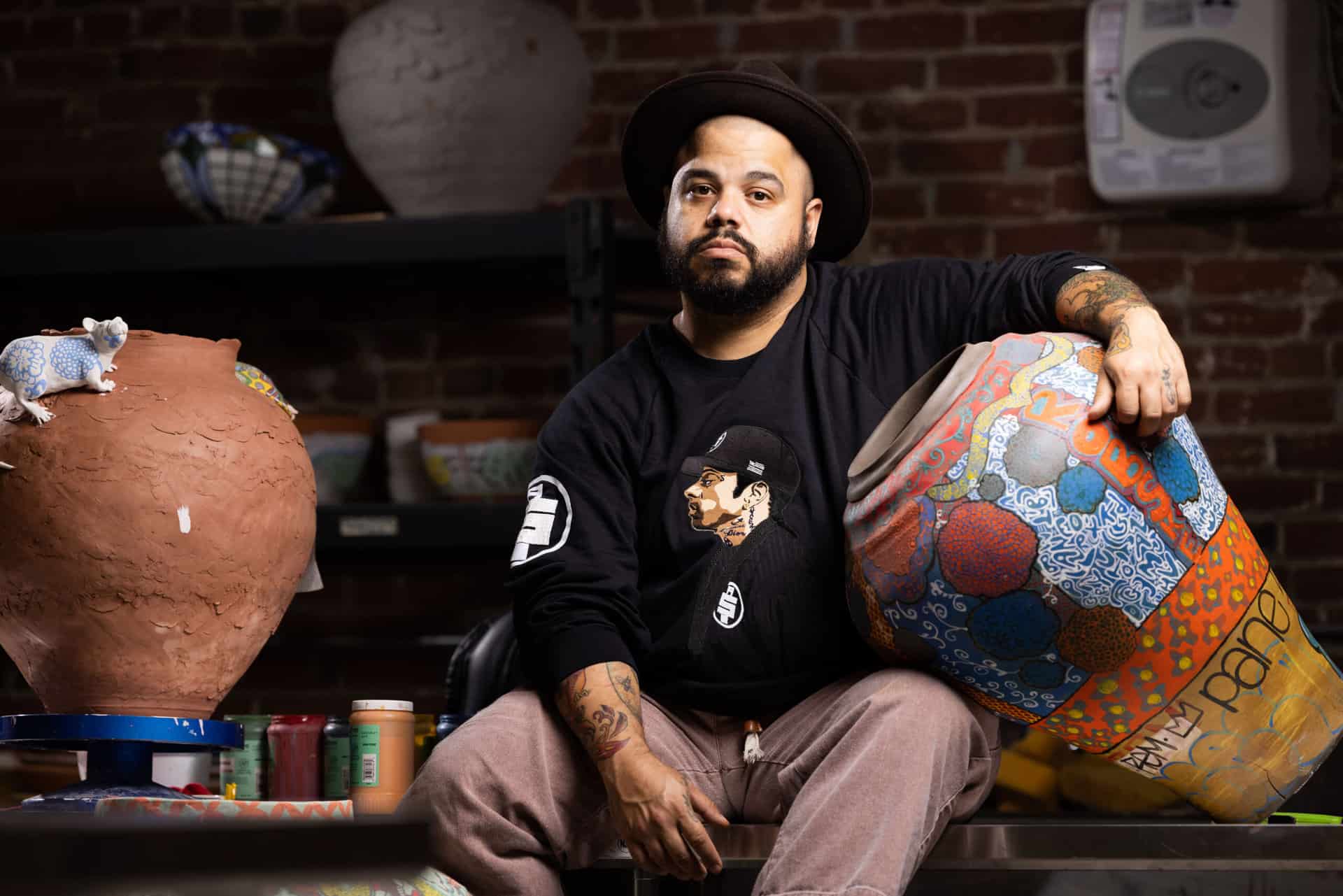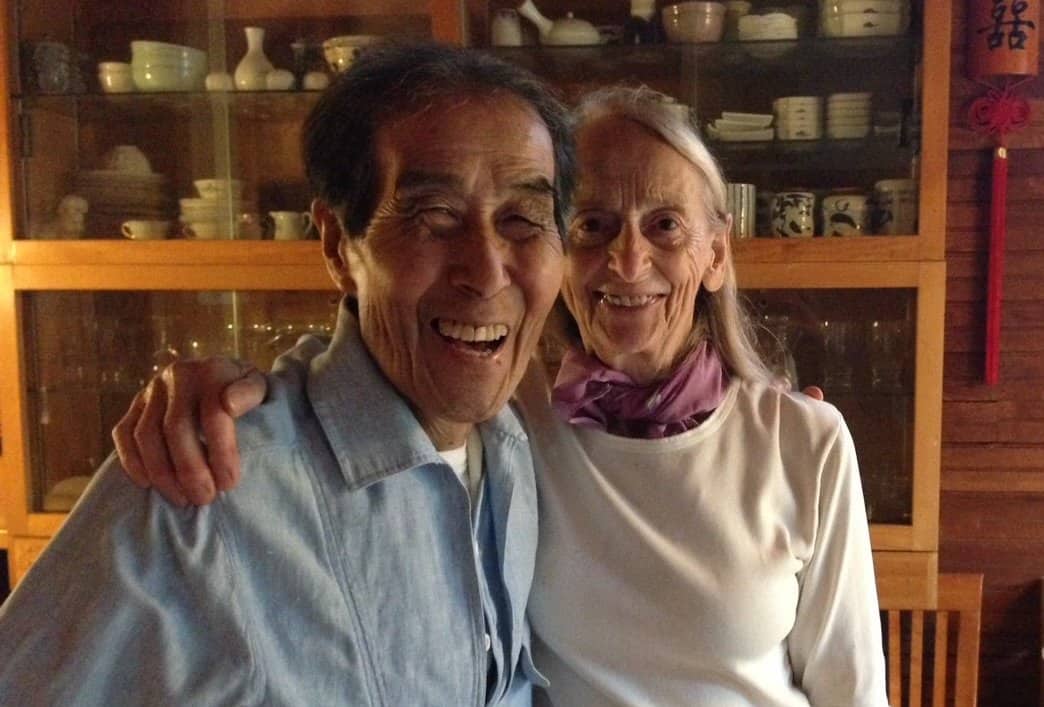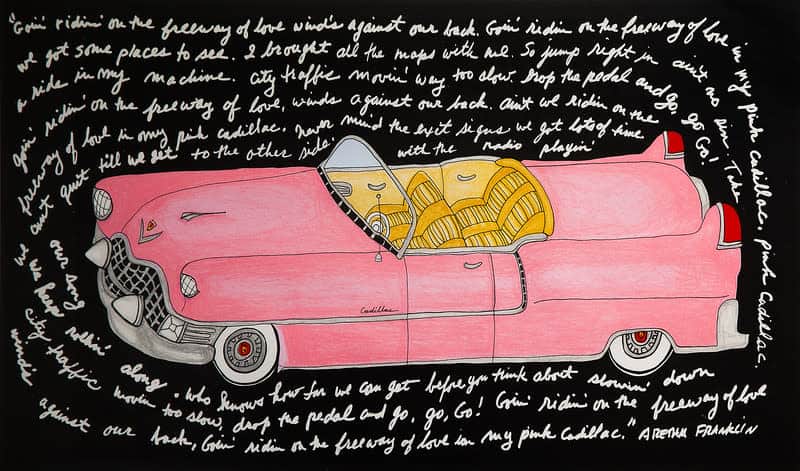Pictured: Baby Dolls, Kenneth and Mamie Clark, Smithsonian National Museum of African American History and Culture, Washington, DC
“I am increasingly interested in the residual power of the past to inhabit these material remains. The ability of objects to transcend lives, centuries, and millennia suggests a remarkable mechanism for folding time, bringing the past and the present into a shared space that is uniquely suited to artistic exploration.” – Wendel White, artist statement, Manifest: Thirteen Colonies
State of the Arts has featured renowned New Jersey photographer and educator Wendel White several times over the years—now, a continuation of his Manifest project is being exhibited at Harvard’s Peabody Museum and published with Radius Books.
State of the Arts featured Manifest back in 2015 during an exhibition at the New Jersey State Museum. In Manifest, Wendel documents objects from museums and collections in a visual exploration of Black history—items that range from the quotidian, such as popular 19th century books, to the rare, including a lock of Frederick Douglass’s hair and the FBI’s files on Malcom X.
Manifest on State of the Arts
Wendel first started working on images that would become Manifest in late 2008 in upstate New York. There’s a lot of work behind these images, from travel to research, working with the museums and collections to making the photograph itself. Crafted with a deliberate use of focus and depth of field, the photographs invite us as viewers to spend time with each work, reflecting deeply upon the items being presented on the gallery wall—or the book page. Manifest takes us into museum collections from the local to the national, including the Smithsonian National Museum of African American History and Culture in Washington, DC.
The selection of items is an important parts of his artistic process. “My work has become an outgrowth of research, experience, and intuition. The early Manifest images had a much greater degree of variation as I explored the ideas represented in the archives of Black history at various institutions.” The current iteration of Manifest reveals a deepening of focus, as Wendel continued his explorations into historical collections courtesy of the Robert Gardner Photography Fellowship.
“The Gardner Fellowship affected my work in several ways. Of course the support of the project brought new awareness and recognition to my work and provided me with additional freedom to travel to various collections,” Wendel told me in a recent interview. Interestingly, writing the proposal for the Fellowship prompted him to look at the project from a different angle. As a result, Wendel focused on the original thirteen colonies, “a unique geographic and historic moment in the American history of defining race and class.” He visited institutions found specifically within this physical border, but photographed objects from a variety of time periods.
Manifest: Thirteen Colonies at the Peabody Museum will also present his œuvre in a slightly new way: his prints have been made with the dye sublimation process on aluminum, a departure from his previous shows, which are generally of inkjet prints on paper, resulting in an exhibition which longtime admirers of Wendel’s work will experience as “familiar… but new.”
State of the Arts featured another project by Wendel White, Small Towns, Black Lives, in 2003. Wendel has presented this project in several ways: exhibitions, a printed book, and a website.
A prolific photographer, Wendel’s work has always been presented in a variety of ways, from museum spaces to books to interactive websites. Different mediums allow for different relationships to form between the viewer and the image. “Early on, I became interested in various presentations, especially books and online publishing,” Wendel notes. A version of his first website, originally created in 1995, can be found at https://blacktowns.org, and he has been making books since the 1990s.
“I had the great pleasure of working with Radius Books as co-publisher, design, and production,” Wendel continues, “which meant that I was able to have the advantage of very knowledgeable and high quality production with a long history of working with artists and photography in particular. The result is technically and aesthetically quite beautiful.” Order the photo-book from Radius Books here, and see Manifest: Thirteen Colonies at Harvard’s Peabody Museum from May 18, running through next April.

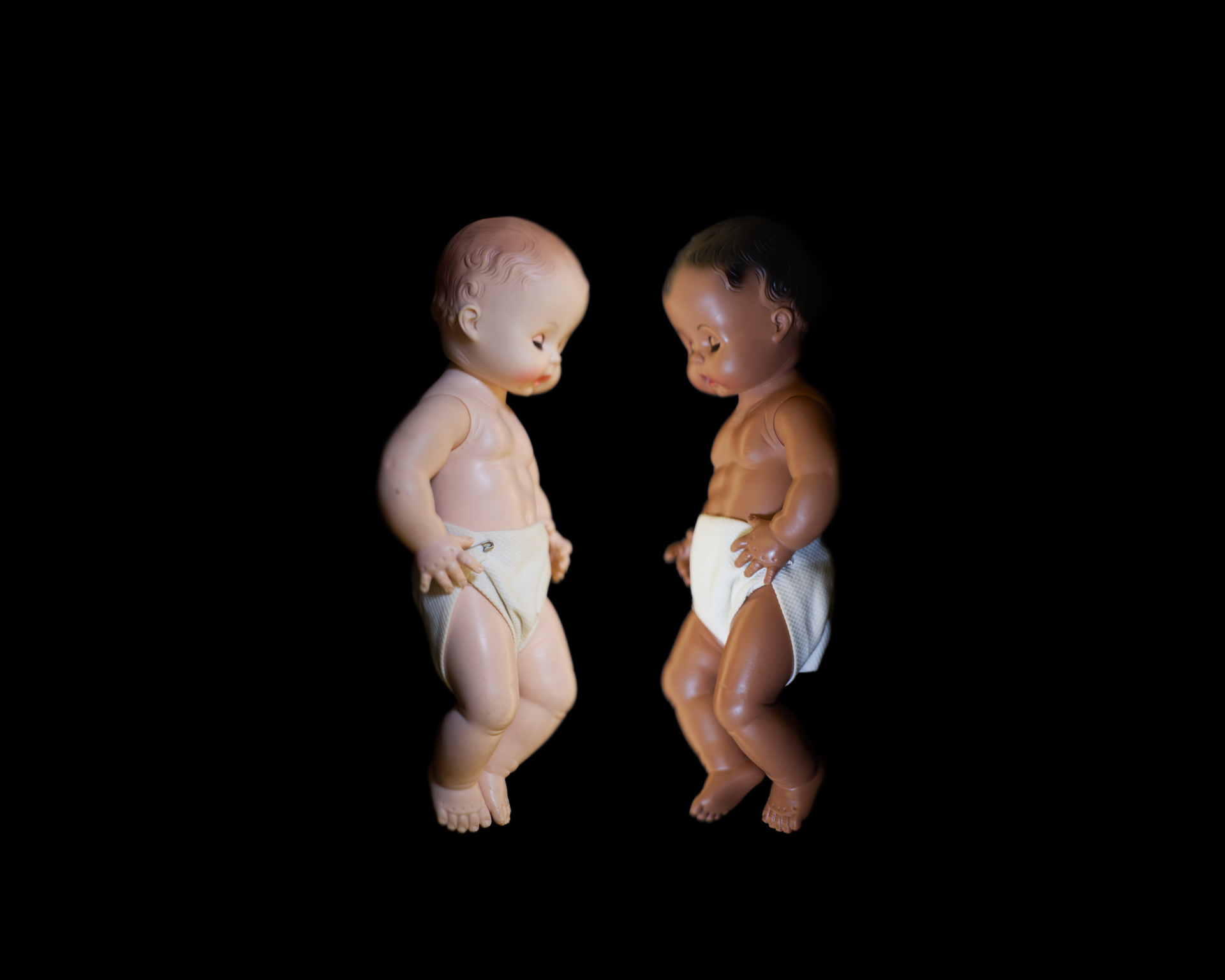
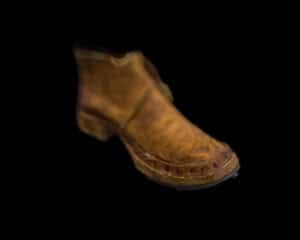

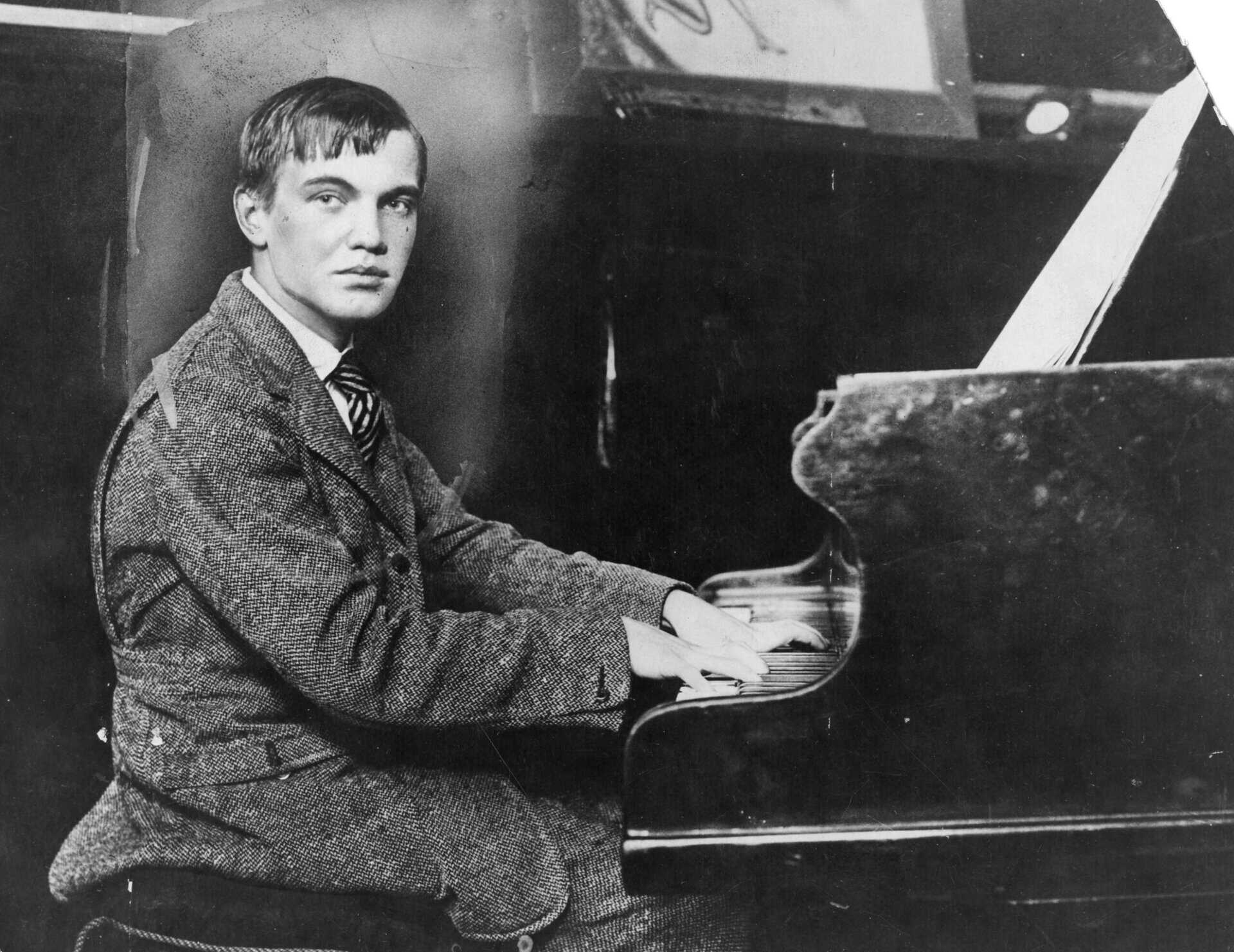
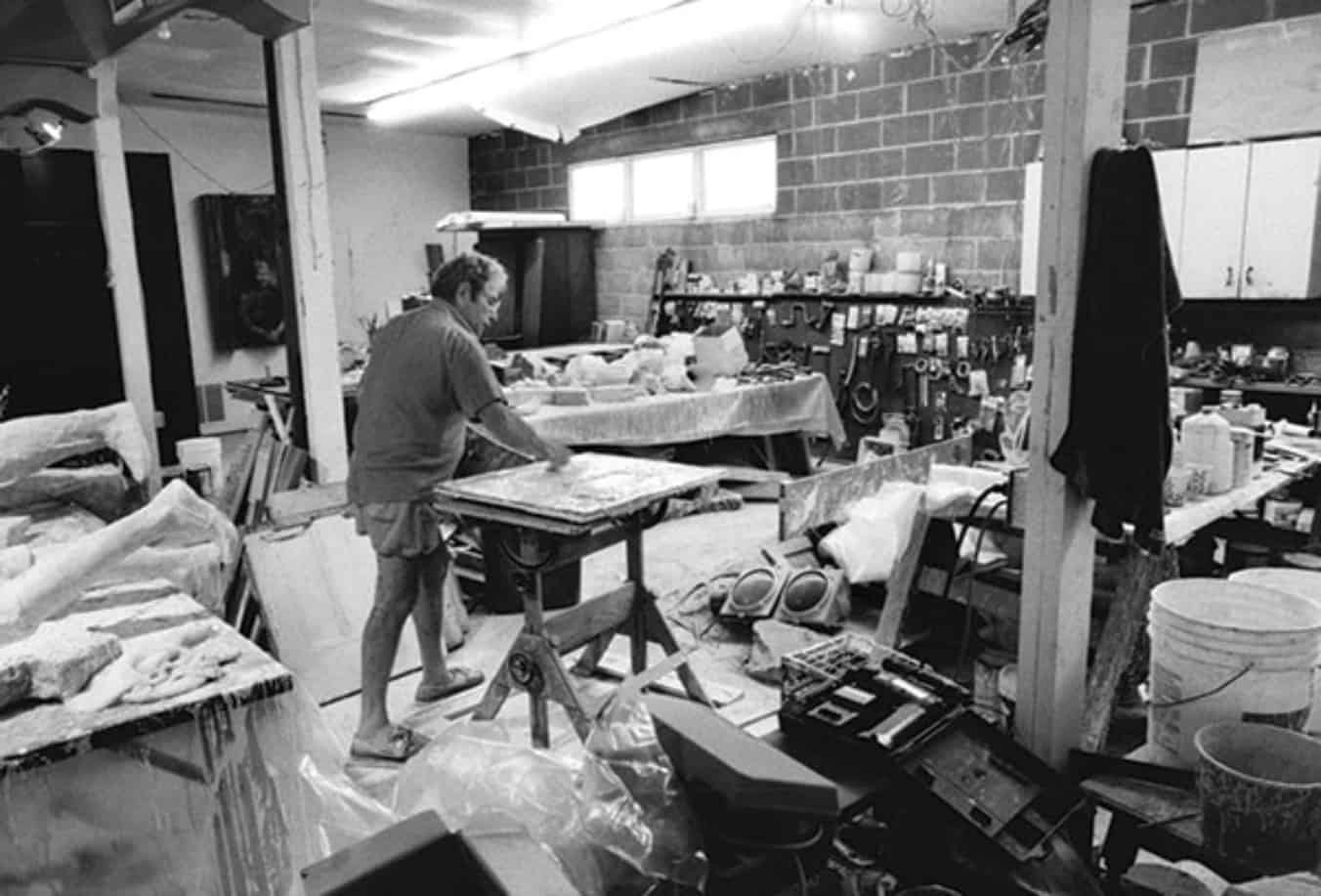
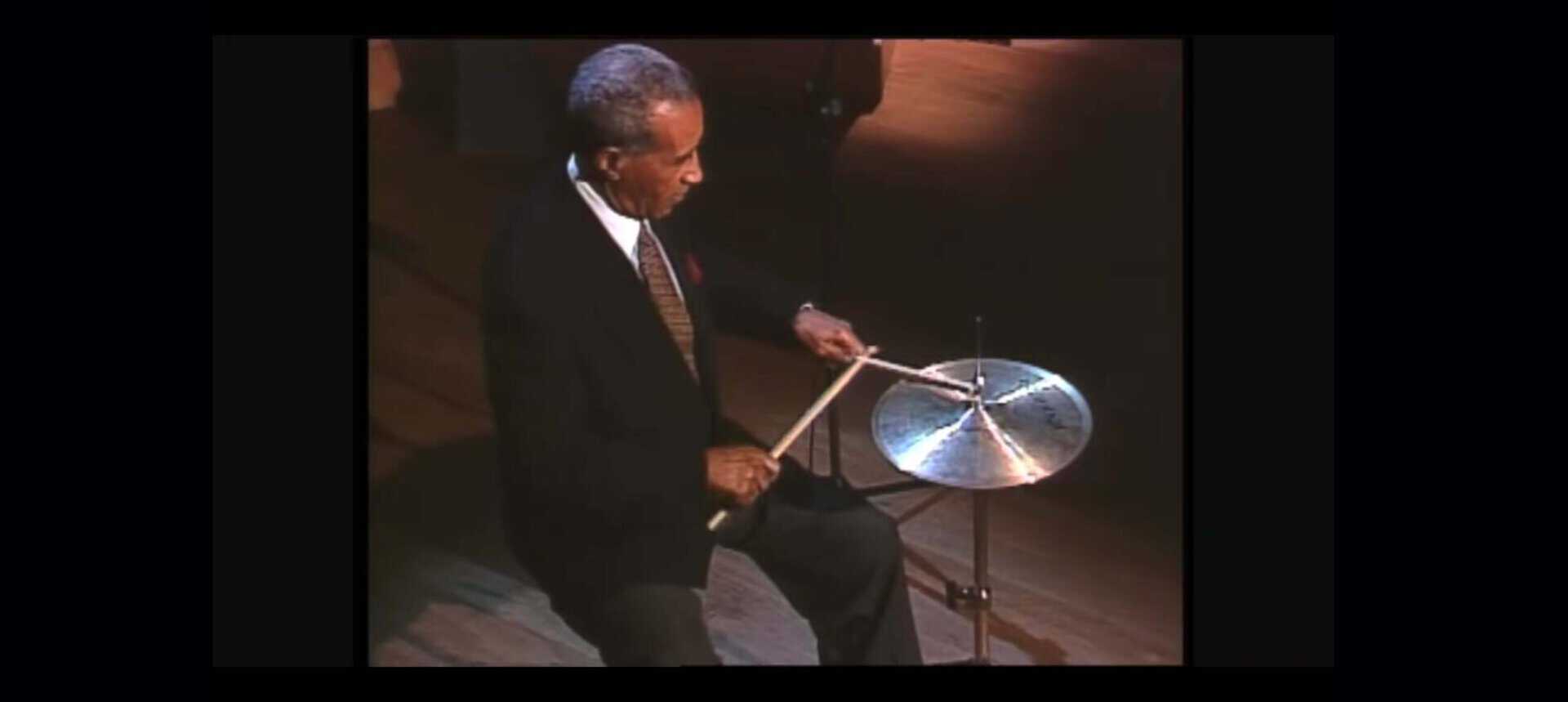
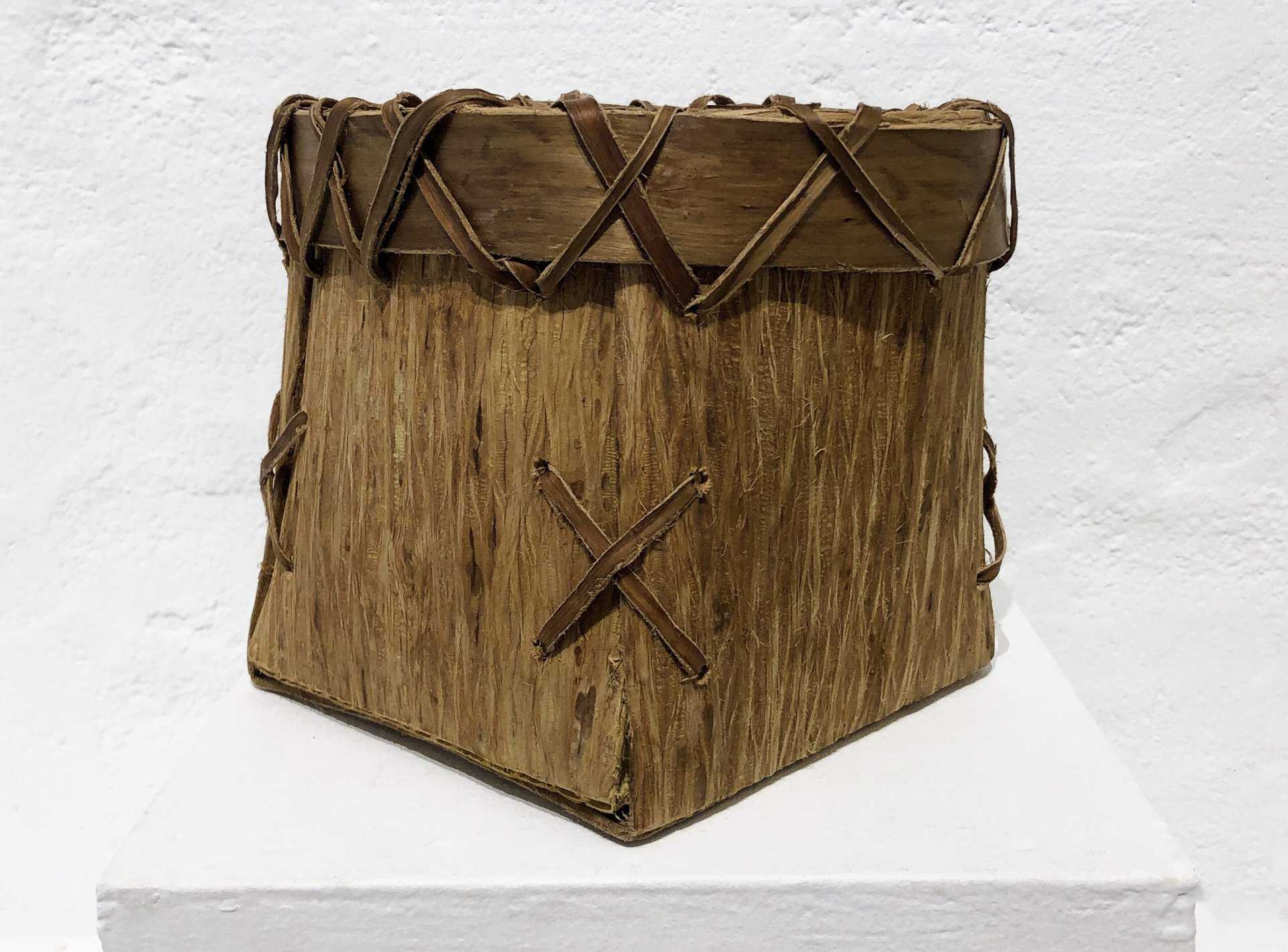
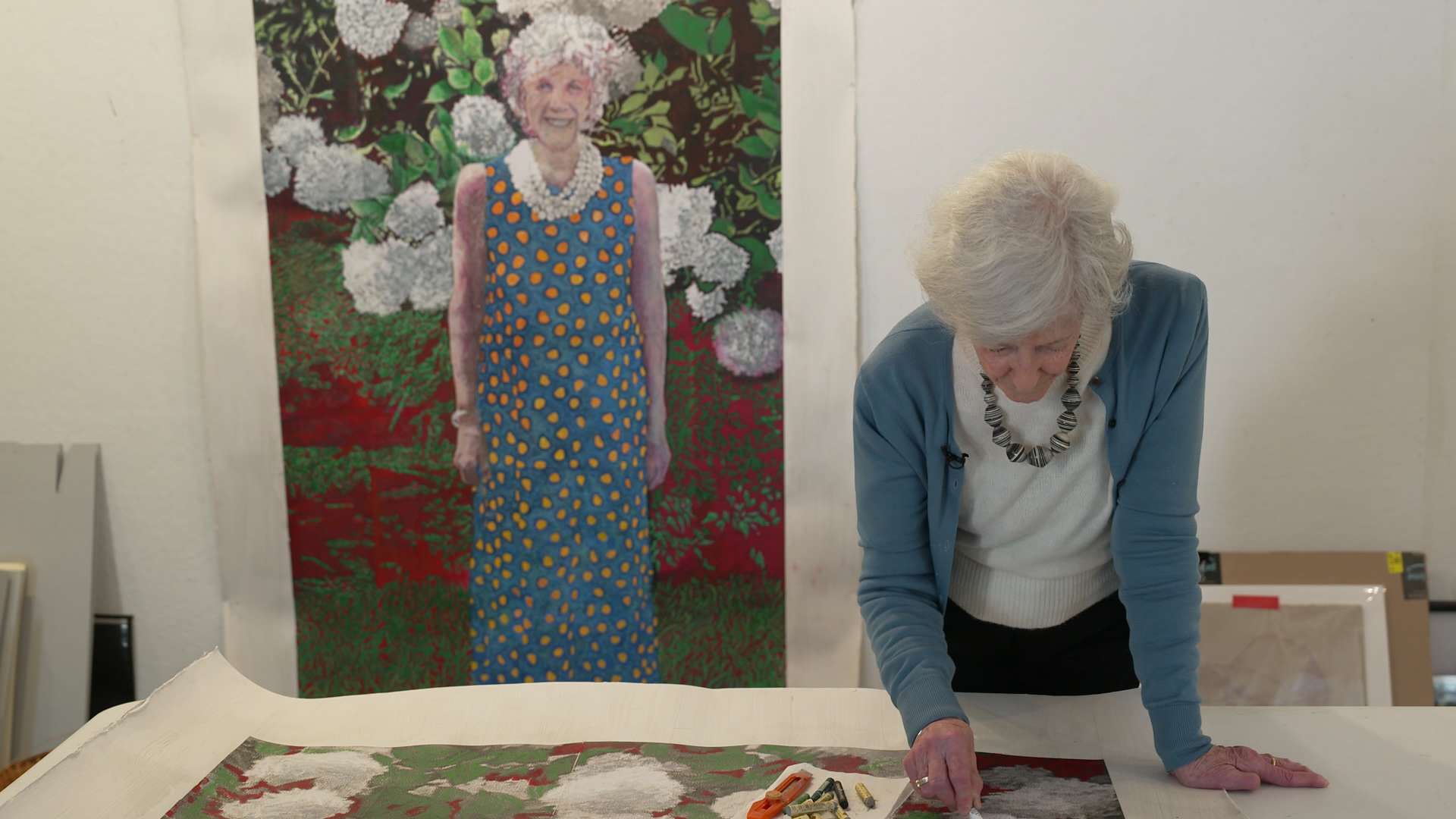
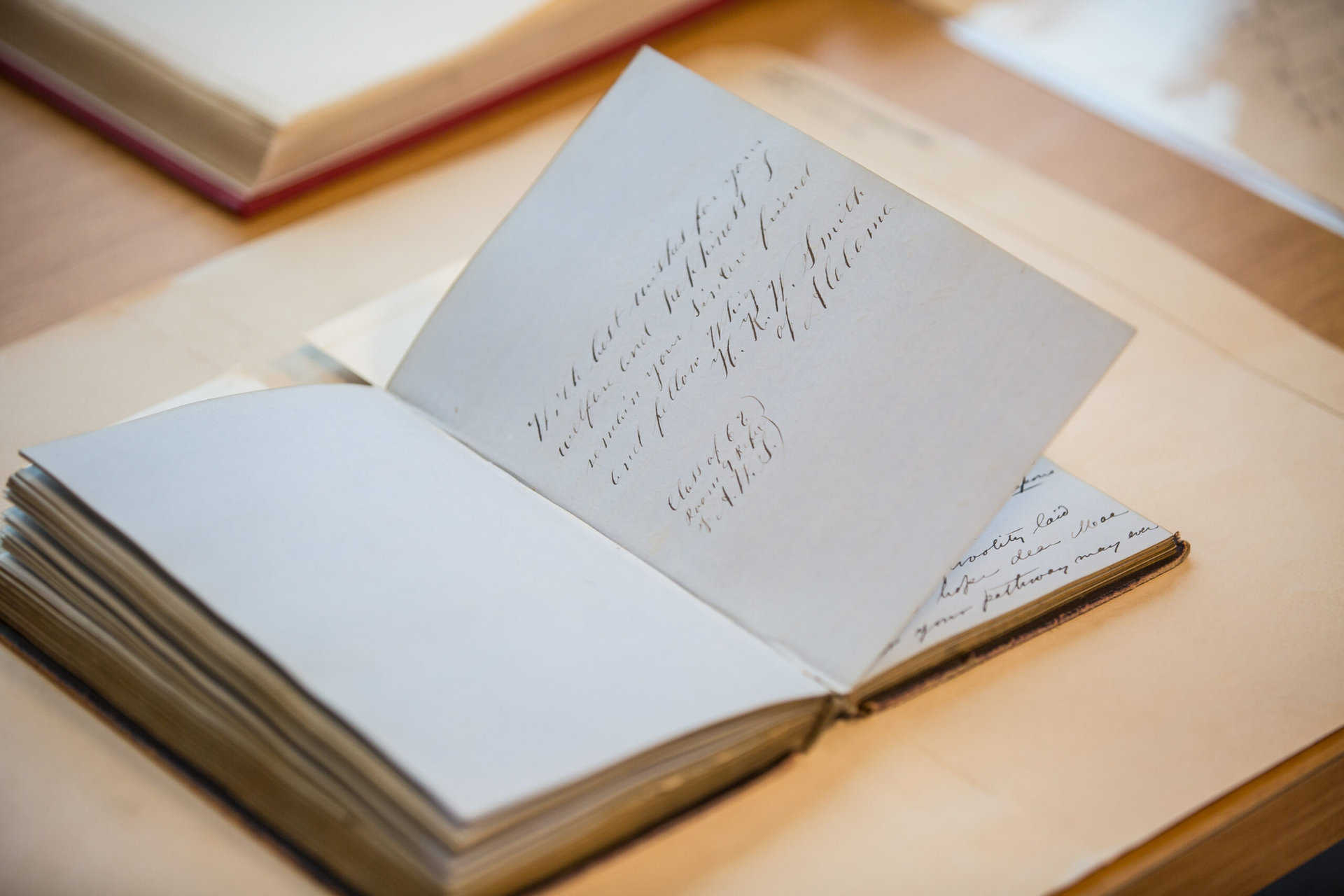
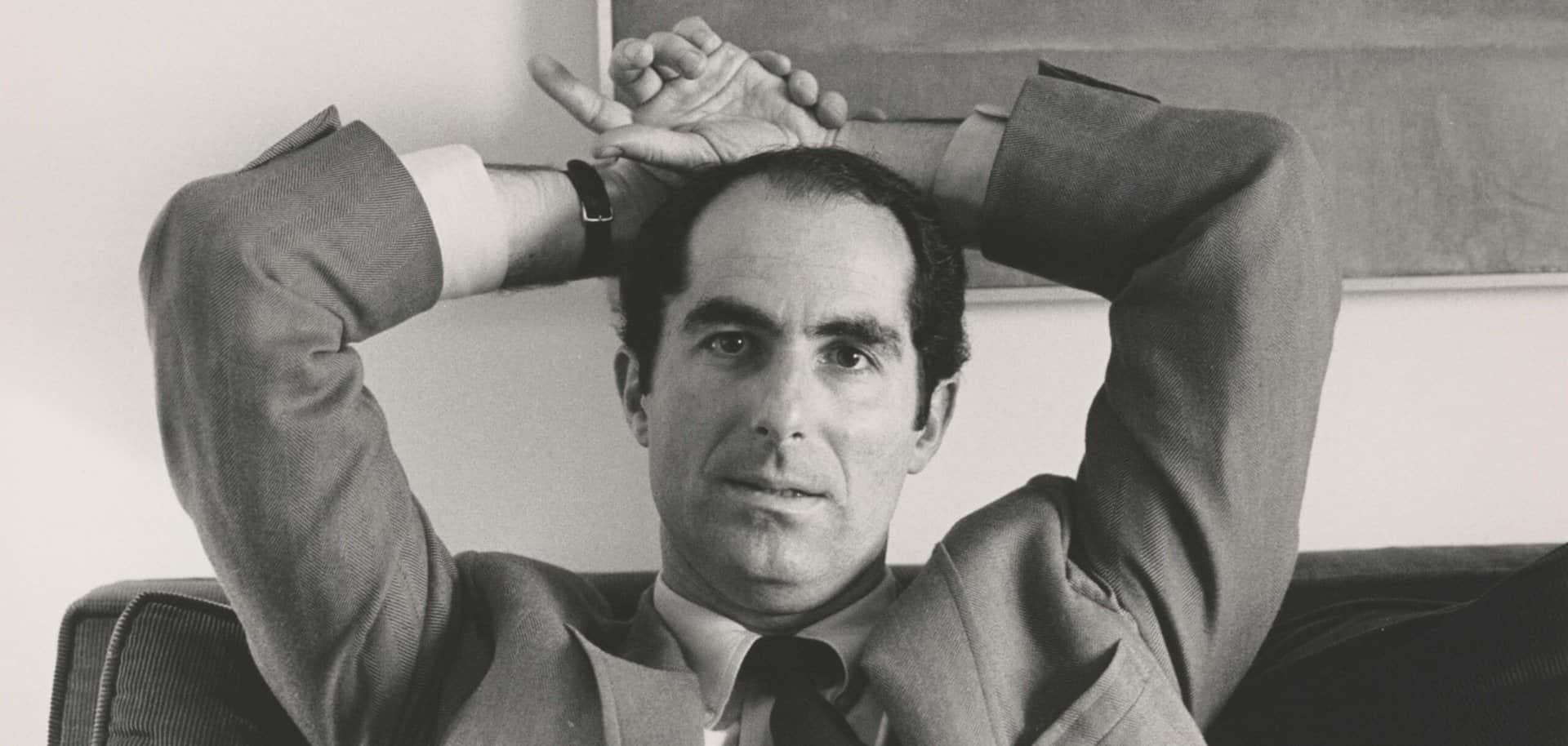
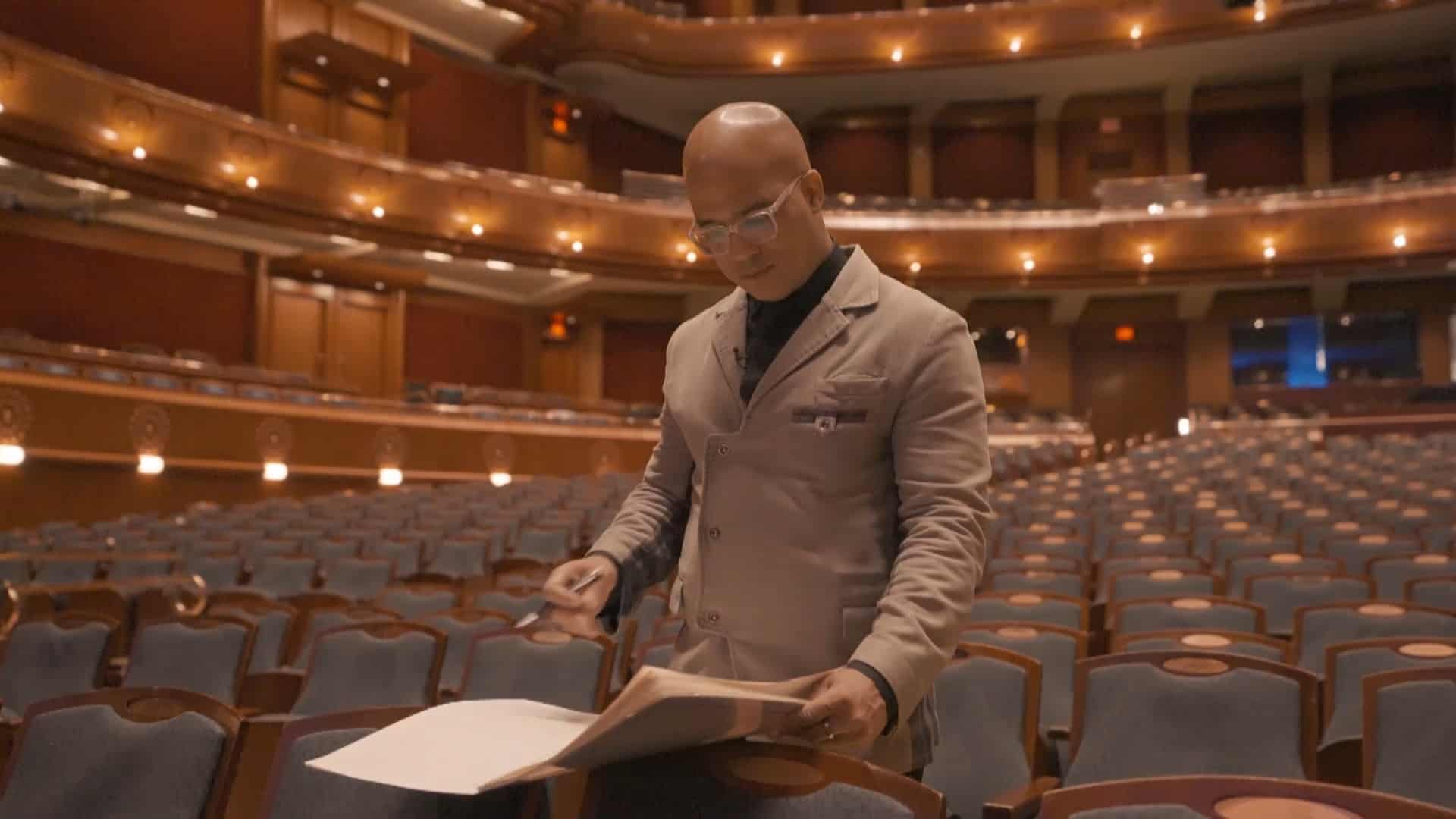
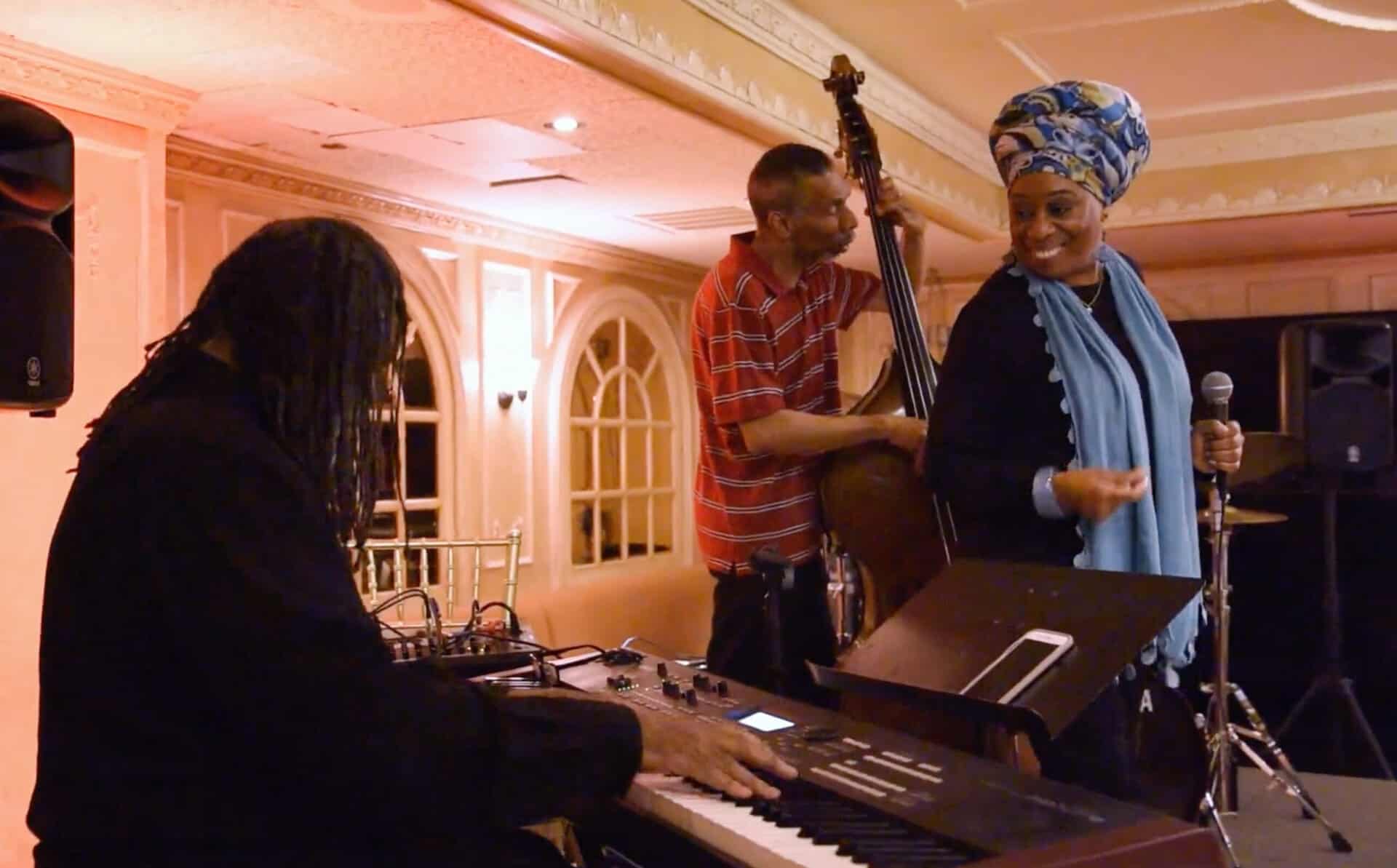

![Truckdriver after a Run, Ohio, Sol Libsohn, 1945 [ICP]](https://stateoftheartsnj.com/wp-content/uploads/2023/05/libsohn_sol_156_1983_411582_displaysize.jpg)

